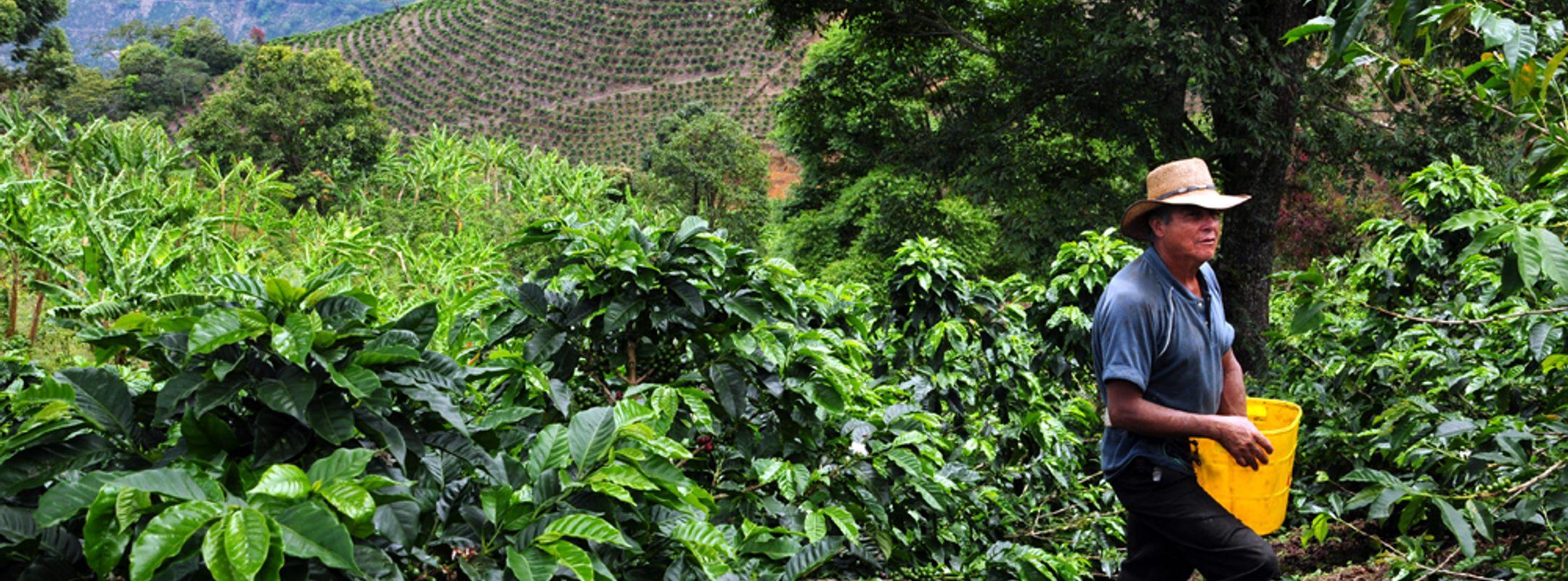DeDuCE: New data to inform action against commodity-driven deforestation
17 Sep 2024
13 min read
A new global dataset on commodity-driven deforestation called DeDuCE is helping governments, companies and civil society assess the deforestation exposure of producer and consumer countries. Its use reveals six insights to inform the transition to zero-deforestation trade in beef, soy, palm oil and other important commodities.

©2009 CIAT/Neil Palmer